The term "environment" is a generic term. It characterizes the ecological state of a particular area and other conditions. The environment is generally regarded as part of the range that interacts with living organisms. It contains various elements. One of the main ones is the natural object and natural resource. 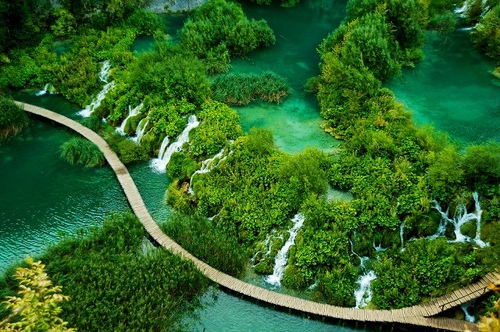
International issues
In the era of modernity, human activity covers almost the entire planet. Its scales are so large that they are compared with global processes. This, in turn, negatively affects the objects of the natural environment. One of the main ways out of the environmental crisis today is close international cooperation. It is generally recognized that the implementation of a strategy to overcome problems is possible only with the unity of environmental actions on the part of all countries. No state today can single-handedly emerge from an environmental crisis.
Relevance of the issue
Nature has no state borders, it is one and universal. In this regard, ecosystem disturbances in one country always cause a response from neighboring territories. For example, if industrial plants in England and the FRG emit flue gases containing an unacceptably high percentage of harmful impurities, this will negatively affect not only the ecological state of these countries, but also the fauna and flora of neighboring Scandinavian ones.
Natural objects: general information, classification
These elements play a significant role in the ecosystem of any country. The following types of natural objects exist:
- international;
- domestic
The latter include land, subsoil, water, fauna and flora, which are present on the territory of the state. Any natural object and natural resource are at the free disposal of a particular country. The management of these elements is carried out in accordance with the state’s own laws and in the interests of its population. Any natural and anthropogenic object located on the territory of the country is also of value.
These, in particular, include unique species of altered plants or domesticated animals, landscapes, etc. that may have protective and recreational significance. Natural objects of the world are located either within the international space (space, ocean, atmospheric air, Antarctica), or move through the territories of different countries (migrating animals). They are not within the jurisdiction of states. Develop and protect such facilities on the basis of international agreements, treaties, protocols, conventions. These documents reflect the joint actions of the community of all participating States.
Special category
It includes natural heritage sites. Their protection and management is carried out by each state in whose territory they are located. However, these activities of countries are monitored internationally. Natural cultural sites are of particular value to states and to humanity as a whole. These include:
- National parks and reserves.
- Shared natural resources, most or all of which are in use by several countries (Baltic Sea, Danube River, etc.).
- Reserves.
- Endangered, rare species of plants and animals.
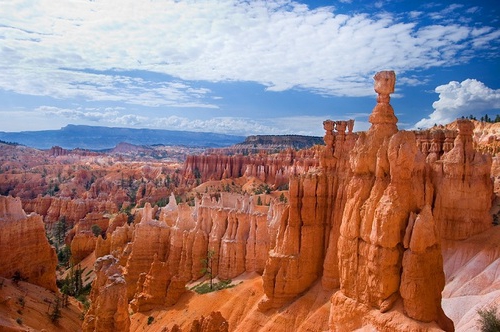
Space
It is considered the property of all mankind. No country has the right to dispose of it alone. This and other principles of space exploration are reflected in international treaties.In documents, the world community recognizes the inadmissibility of a negative impact on this space and the natural objects in it, as well as the appropriation of its parts, including the moon and other celestial bodies.
Ocean
It is a natural site under international protection. It contains a huge amount of energy, minerals, minerals and other essential elements. The development of the oceans is carried out in the interests of mankind. Many countries have tried to formalize national claims to this space. Issues related to the management and development of the Ocean were considered at several conferences and culminated in the signing of the UN Convention. It was attended by more than 120 countries.
Antarctica
This territory is called the continent of international cooperation and peace. In 1959, the Treaty was concluded between the USSR, Argentina, France, England, the USA and a number of other states. It reflected the principles of freedom of research, the use of the mainland exclusively for peaceful purposes, determined the international legal regime.
Atmosphere
Community efforts are aimed primarily at preventing and eliminating the transboundary movement of pollutants. Regulation international relations implemented by the 1797 Convention, the Vienna and Montreal agreements and other documents. The Moscow Treaty on the Prohibition of Nuclear Tests occupies a special place among the acts. 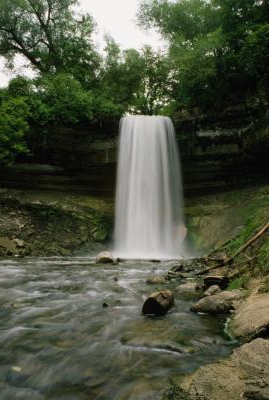
Natural objects of Russia
Our country is in 4th place after China, Australia and America in their number. Specially protected natural sites are represented by:
- The virgin forests of Komi.
- Volcanoes of Kamchatka.
- Lake Baikal.
- Golden mountains of Altai.
- Western Caucasus.
- Ubsunur Basin.
- Central Sikhote-Alin.
- Wrangel Island.
- Putorana Plateau.
- Lena pillars.
The Curonian Spit is included in specially protected natural objects according to the criterion C (v). In addition, a preliminary balanced list of the Russian Federation for MPR was formed. It was proposed to include the following protected objects in its composition:
- Commander Islands.
- Ilmensky mountains.
- The steppes of Dauria.
- Magadan Reserve.
- Krasnoyarsk pillars.
- Bashkir Ural.
- Valley of the river Bikin.
- B. Vasyugan swamp.
The indicated natural objects were selected on the basis of an assessment of their significance by public and scientific organizations. For these territories, the executive bodies of the respective regions sent proposals on their inclusion in the UNESCO list. In 1996, the Valaam Archipelago was included in the preliminary list. The list is planned to include the following protected natural sites of the Russian Federation:
- Solovetsky Islands and the Great Divide.
- Delta of the Lena and Volga.
- Kuril Islands, etc.

1972 Convention
It acts as one of the effective mechanism by which the management and protection of natural objects is ensured. The Convention establishes certain criteria by which they must comply. Natural objects should:
- Present a visual reflection of the main historical stages of the Earth. These include, in particular, traces of ancient life, geological processes that continue in the earth processes, significant physiographic and geomorphological relief features.
- Include critical habitats in terms of maintaining biodiversity in them. These include, but are not limited to, territories in which endangered species are present that are of outstanding international importance from the standpoint of conservation of nature and science.
- Present clearly the reflection of long-term and important biological phenomena that occur in the development and evolution of marine, coastal, river, terrestrial ecosystems and animal and plant communities.
- Include unique natural phenomena or territories of exceptional aesthetic value and beauty.
The list, which includes environmental objects, is annually replenished by 30-35 units. So, as of January 1, 2001, 690 objects were included in the list. Most natural heritage sites are registered in Canada, Australia and the United States.
Characteristics of protected areas
Natural objects included in the list have different status and size. These include about 135 national parks, about 100 different reserves and so on. In addition, the boundaries of the objects include nature reserves, natural monuments, conservation areas, state forests, ethnographic reserves, environmental stations and others. 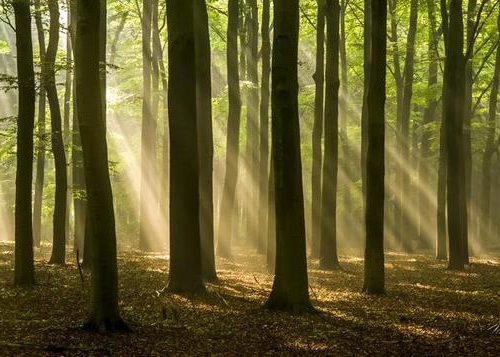
Geographic distribution
Due to the fact that different states are represented in the list differently, their overall picture is quite variegated. A large number of the list contains natural objects of the Western Black Sea region and the Balkans, Canada, the mountainous "wild West" of America, Tibet and the Himalayas, sub-equatorial and equatorial territories of Africa and the tropical eastern Australian coast. Along with this, the map of the placement of objects includes the so-called "white spots". These include, in particular, the steppe and developed territories of Canada and the United States, most of the Sahara desert and the Arabian Peninsula, Brazil, Mongolia and some of the internal ranges of Australia. Areas of northern Siberia and almost the entire Far East (except Kamchatka) are considered "white spots" of Russia.
"Rank of significance"
In the composition of more than 130 objects of world significance, the list contains almost all the most famous natural phenomena. These include, in particular, Yellowstone Park, the Grand Canyon, Hawaiian Islands, the Danube Delta, Mount Everest and Jomolungma, Belovezhskaya Pushcha, Krakatau Volcano and Komodo Island, Ngorongoro and Serengeti National Parks, Galapagos Islands and so on. . Undoubtedly, in this list there are also natural objects of Russia. This, in particular, Lake Baikal, the Northern and Subpolar Urals, Kamchatka, the highlands of the Caucasus and Altai. In the List there are no complete analogues to these objects - we can only talk about partial similarity with certain places.
Typological diversity
The list contains a wide variety of objects. They include the most diverse ecological systems of the planet. In particular, the surviving massifs of virgin forests, mountainous countries, steppes, deserts, wetlands located in different parts of the Earth, light forests and tundra, savannahs and prairies, volcanoes and glaciers are recorded. The list also includes geological and geomorphological sites of interest. Among them are caves, karst reliefs, underground rivers and more. Natural protected sites are locations of paleontological remains, dune complexes, waterfalls and water bodies, mineral and thermal springs, mangrove communities and large river deltas, marine areas, reefs, atolls, fjords, and so on. As for domestic phenomena, their representation is relatively uniform. This is due to the fact that Russian objects are represented by mountainous regions located in various regions of the temperate zone. 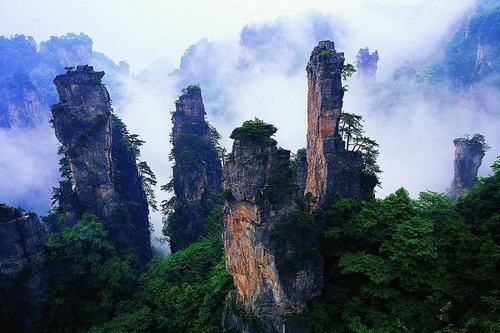
Square
The objects that are on the list have significant differences in size. Territories may have an area of less than 1000 ha. For example, the reserve "Valle de Me" occupies only 19.5 hectares. The List also contains such large areas as a complex of reserves and parks on the border of the northwestern territory of Canada and Alaska, Lake. Baikal, B. Barrier Reef Marine National Park, Galapagos Islands. Russia fully utilizes its territorial potential. In particular, three of its five territories included in the list cover an area of more than 3 million hectares. Lake Baikal is second in the List.
Spatial structure
Some World Heritage Sites include several protected areas.For example, within the boundaries of the mountainous territory, which is located on the northeast Australian coast, there are 19 parks, 31 state forest areas, 5 forest and 1 ethnographic reserves. In the Russian Federation, in this sense, the zone of Lake. Baikal. It includes 2 national parks, three nature reserves, several nature reserves and other zones. However, despite such a mosaic, the territory of the lake remains an integral complex, which is limited in space by a single principle. A very common phenomenon in the process of forming a list is clustering. For example, one of the Australian sites located on the east coast includes approximately 45 protected areas. They are combined into 8 blocks, and their total area is 370 thousand ha. Among domestic objects in which clustering is noted, volcanoes in Kamchatka should be noted. On this territory there are 5 separate regions, which are the most valuable ecological systems on the peninsula.
Cross-border
The list contains about ten territories, which consist of "parallel" protected areas. Among them, in particular, Belovezhskaya Pushcha, complexes of reserves and parks of Alaska, as well as Victoria Falls. In Russia, the Altai - Golden Mountains acts as a border facility. This territory is located on the border between Mongolia, Kazakhstan and China.
Expansion of domestic representation in the List
It is advisable to carry out this activity according to a clear and unified plan. First of all, it is necessary to proceed from the criteria that the above Convention fixes. At the same time, according to some authors, these signs to some extent reflect the ideological position of UNESCO experts. Arguing from the point of view of the state party to the Convention and in the quest for an adequate representation of Russia on the list, domestic experts favor:
- Making the distribution of valuable objects across the country more even. This would contribute to an objective reflection of the territorial specificity of the state. At the same time, in the formation of national lists, it is necessary to take into account each natural and anthropogenic object of strategic or economic importance for the country.
- The desire to ensure that in the process of selecting zones for inclusion in the List, the most diverse landscape types are reflected, and not mountain zones, as is currently done.
- Inclusion on the list of possible larger plots, the area of which is more than 1 million hectares. This is especially true for the Far Eastern and Siberian territories.
- More active use of opportunities to push mosaic and cluster objects. This will allow us to simultaneously assign a high international level to several valuable territories.
- The study of the issue of the nomination of certain transboundary zones, since it is obvious that the effective conservation of a single natural complex, divided by administrative borders, is possible only jointly.
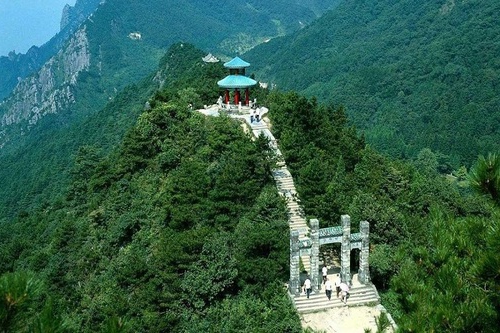
Conclusion
It should be noted that today, when the process of introducing domestic natural objects of cultural and natural value has significantly intensified, debugging of the mechanism for the effective management of these areas is of great importance. This mainly involves the strengthening of funding, protective measures, the development and promotion of ecotourism. Equally important is the formation of information centers, staff development. An exclusive role in the issue belongs to the legislative framework. In this case, the development of unified administrative regulations, especially for cross-border, cluster, vast areas, will be a separate direction. All this will contribute to a more reliable preservation of objects that are of global significance.








